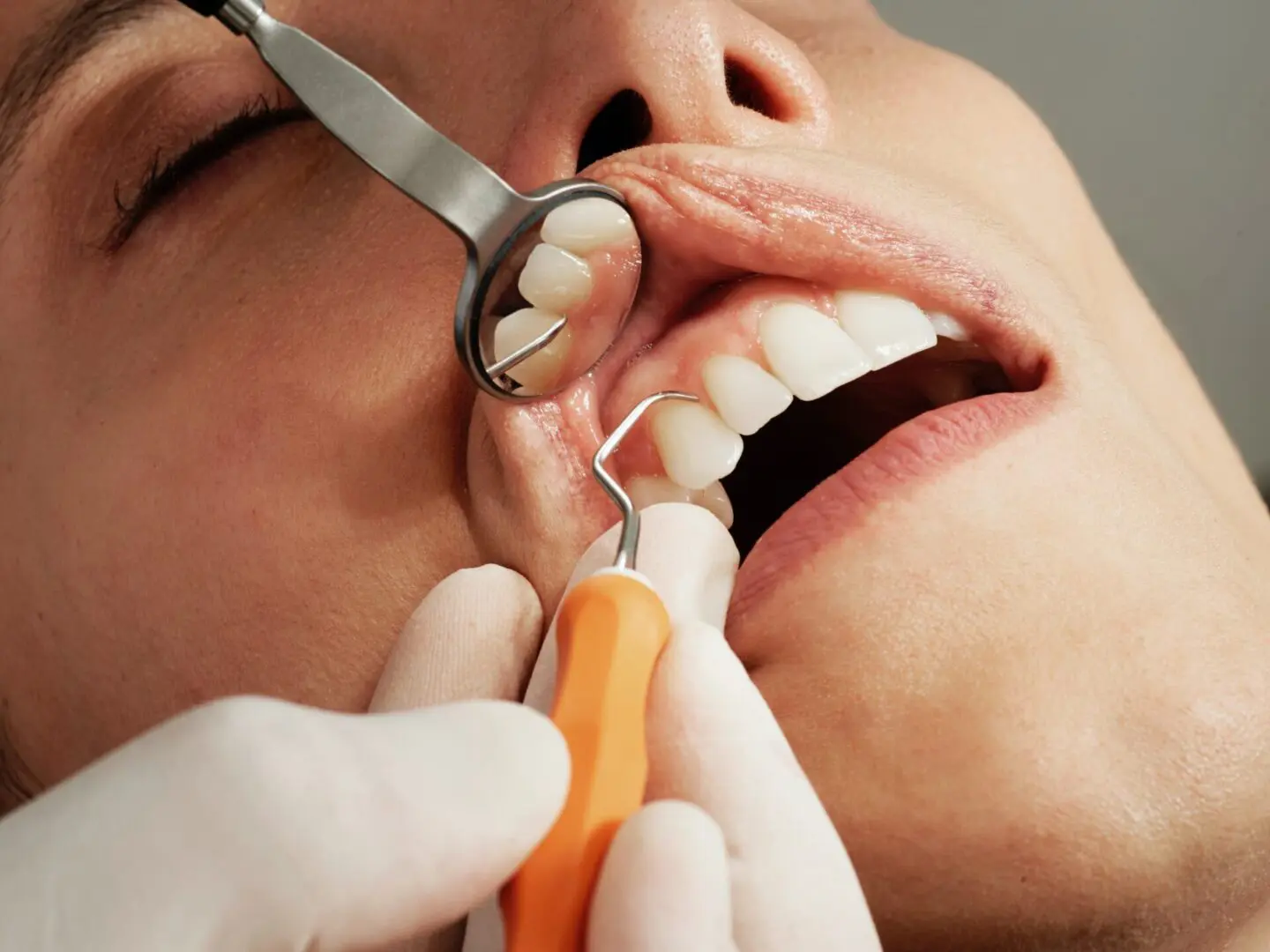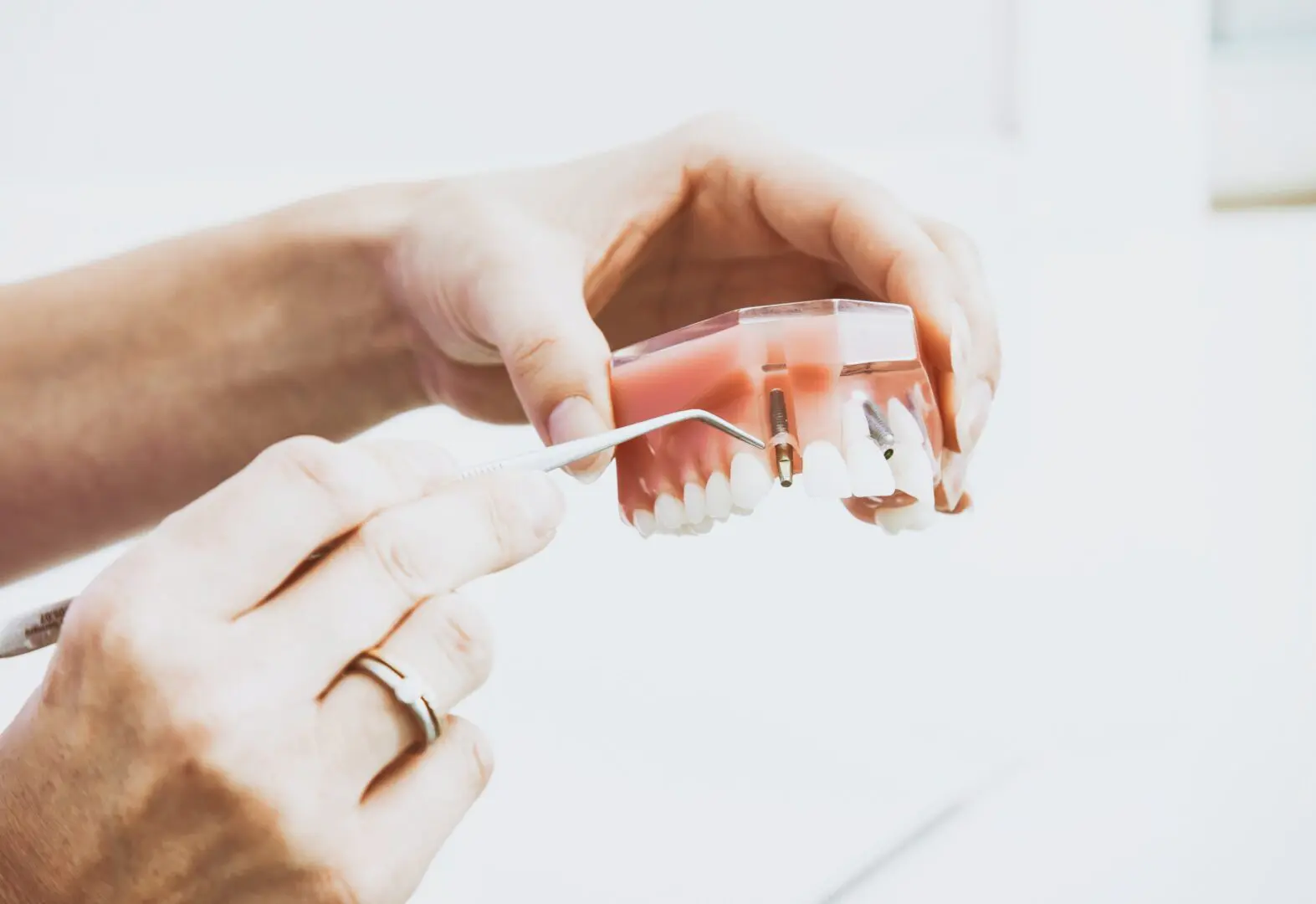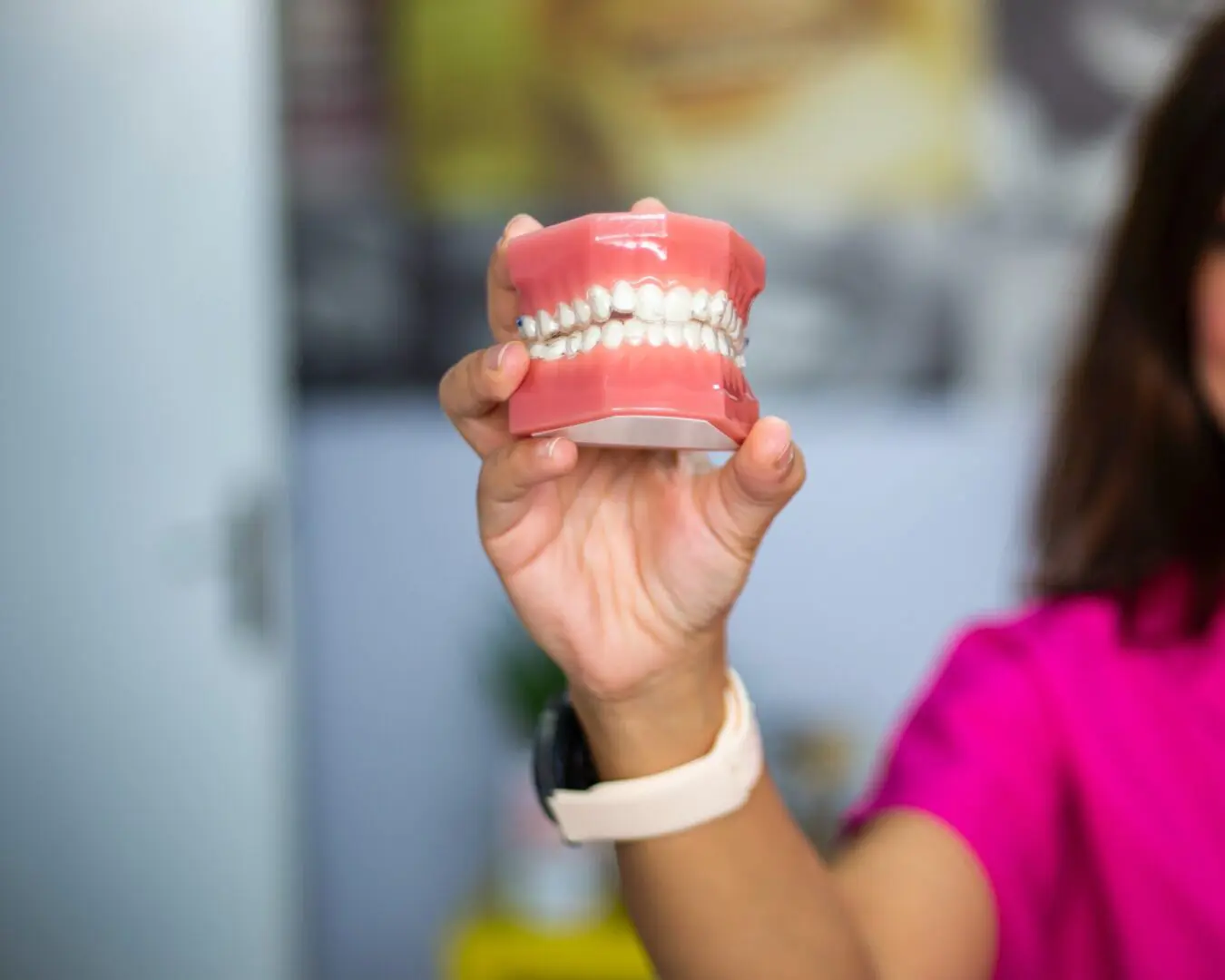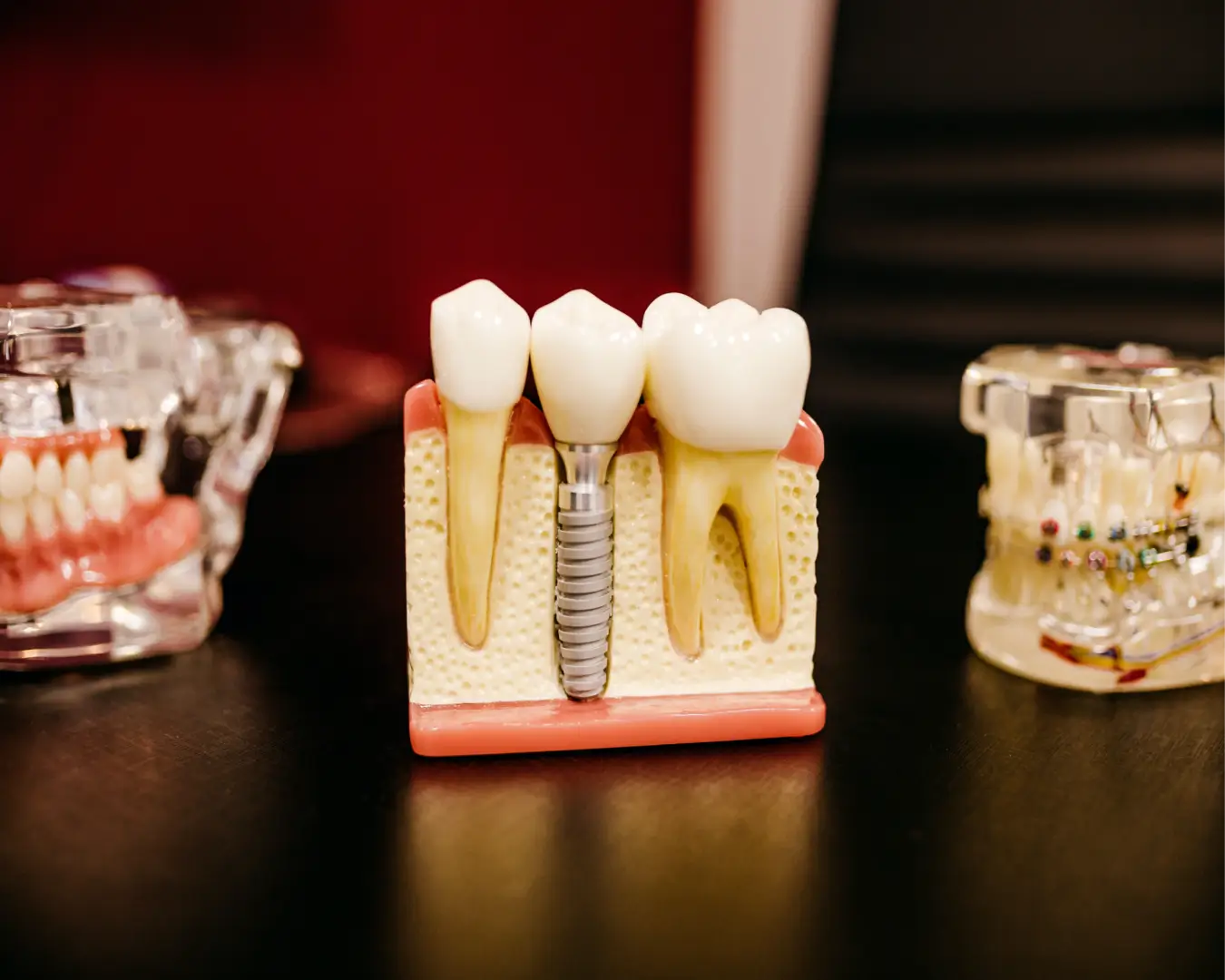Our Procedures for Periodontics and Implants
Periodontal treatment is necessary when various conditions affect the health of your gums and the regions of your jawbone that hold your teeth in place. Retaining your teeth is directly dependent on proper periodontal care and maintenance. Healthy gums enhance the appearance of your teeth, like a frame around a beautiful painting. When your gums become unhealthy, they can either recede or become swollen and red. In later stages, the supporting bone is destroyed, and your teeth will shift, loosen, or fall out. These changes not only affect your ability to chew and speak. They also spoil your smile.
Teeth Cleaning (Prophylaxis)
Dental prophylaxis is a cleaning treatment performed to thoroughly clean the teeth and gums. Prophylaxis is an important dental treatment for stopping the progression of gingivitis and periodontal disease.


Crown Lengthening
Crown lengthening is generally performed in order to improve the health of the gum tissue or to prepare the mouth for restorative or cosmetic procedures. In addition, crown lengthening procedures can also be used to correct a “gummy” smile, where teeth are covered with excess gum tissue. Crown lengthening exposes more of the natural tooth by reshaping or re-contouring hard and soft tissue. This treatment can be performed on a single tooth, many teeth, or the entire gum line to expose a pleasant, aesthetically pleasing smile.
Dental Implants
Dental implants are screw-like artificial structures inserted into a patient’s jawbone when replacing one or more lost teeth. They serve as the “anchors” for custom-made artificial teeth or commonly called crowns. Implants also improve and reduce teeth maintenance.

Frenectomy
A frenum is a naturally occurring muscle attachment, normally seen between the front teeth (either upper or lower). It connects the inner aspect of the lip with the gum. A lack of attached gingiva, in conjunction with a high (closer to the biting surface) frenum attachment, which exaggerates the pull on the gum margin, can result in recession.
Additionally, an excessively large frenum can prevent the teeth from coming together, resulting in a gap between the front teeth. If pulling is seen or the frenum is too large to allow the teeth to come together, the frenum is surgically released from the gum with a frenectomy. A frenectomy is simply the surgical removal of a frenum.




